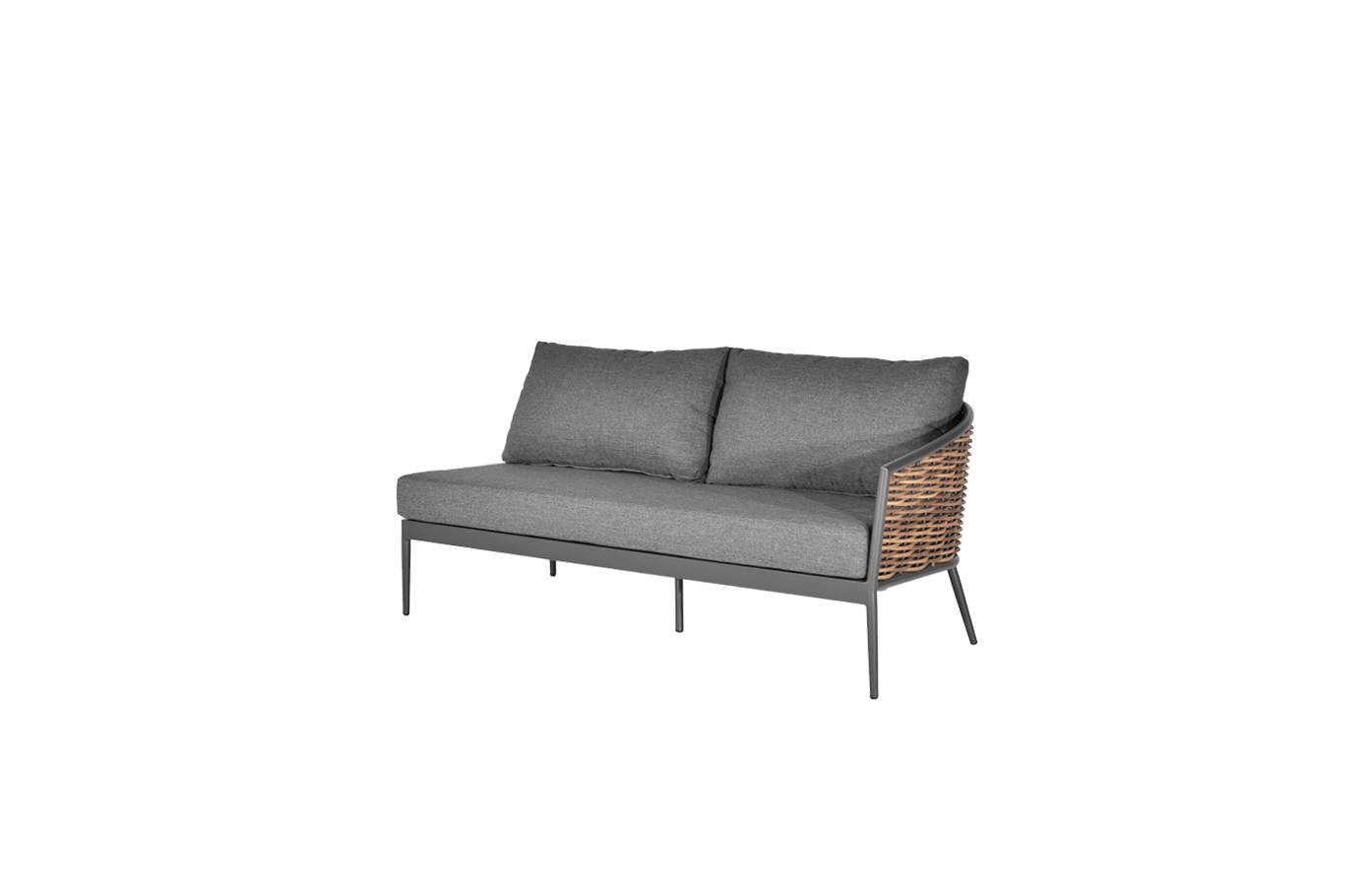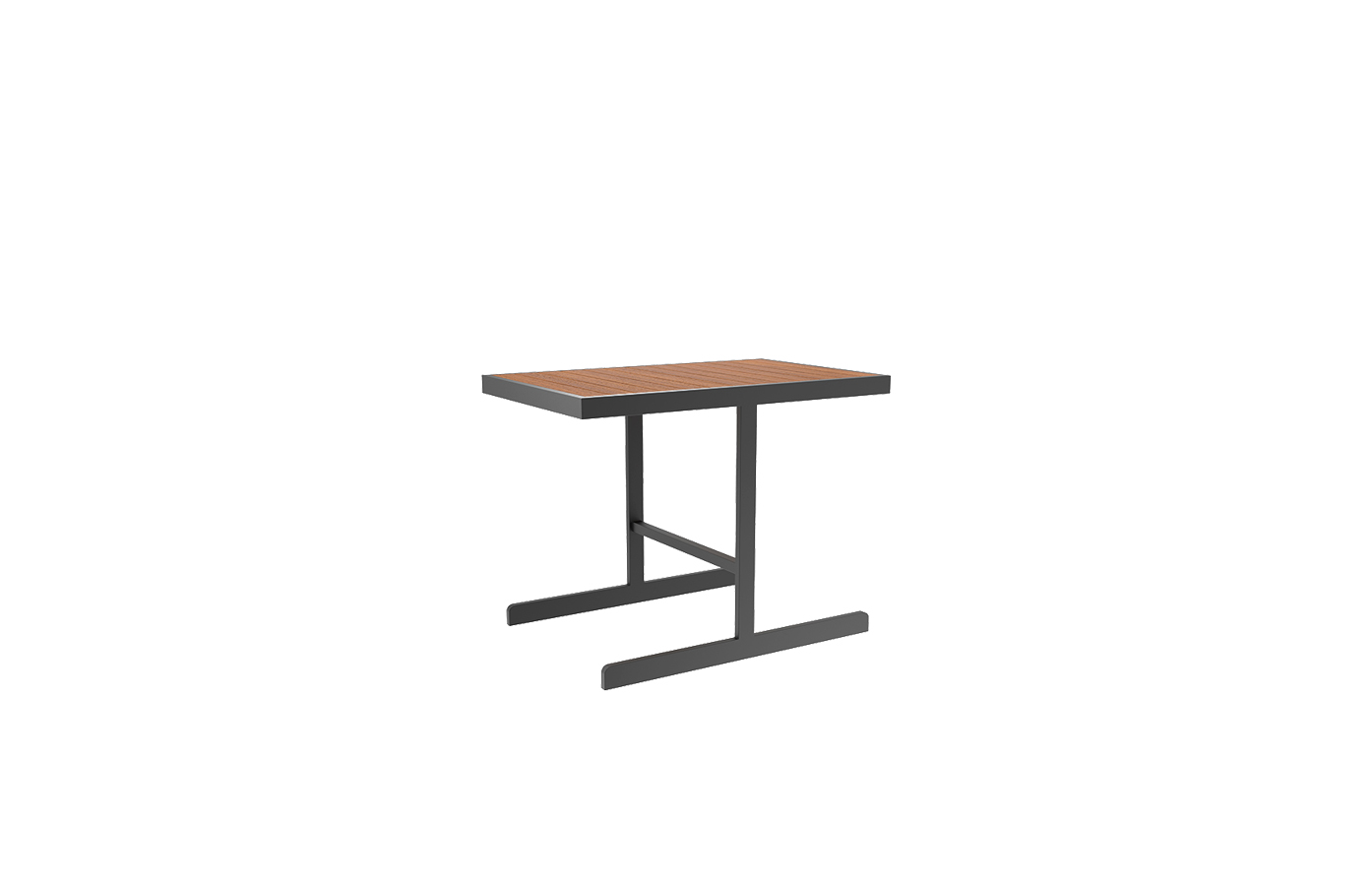Introduction:
When it comes to selecting furniture for your home or office, it is crucial to consider both style and durability. The material of the furniture is a significant factor that determines these qualities. There is a wide variety of furniture materials available in the market, each offering distinct advantages and disadvantages. Understanding these materials can help you make an informed decision to enhance the functionality and aesthetic appeal of your space. This article delves into the different types of furniture materials, exploring their unique characteristics and suitability for various settings.
1. Wood:
Wood remains one of the most popular furniture materials due to its timeless beauty and durability. With options like oak, teak, mahogany, and maple, wood furniture offers a classic and elegant look. It boasts excellent strength and longevity. However, it requires regular maintenance to preserve its beauty and prevent damage from moisture or pests.
2. Metal:
Metal furniture, such as stainless steel, aluminum, and iron, is known for its sturdy construction and sleek appearance. It is an excellent choice for both indoor and outdoor settings due to its resistance to weather conditions. Metal furniture is easy to clean and provides a modern and contemporary style. However, it may be prone to scratches and dents and can be uncomfortable without appropriate cushions.
3. Leather:
Leather furniture exudes luxury and sophistication. It adds a touch of elegance to any room, making it a popular choice for both residential and commercial spaces. Leather offers exceptional durability, resistance to stains, and easy maintenance. However, it can be more expensive compared to other materials and requires regular conditioning to prevent cracks and color fading.
4. Fabric:
Fabric furniture, such as cotton, linen, wool, or synthetic blends, brings comfort and versatility to your space. It offers a wide range of colors, patterns, and textures, allowing you to create a personalized style. Fabric furniture is relatively affordable, easy to clean, and provides a cozy feel. Yet, it may be more prone to staining and wear and tear over time.
5. Glass:
Glass furniture is renowned for its contemporary and modern style. It adds a sense of openness and airiness to any room. Glass tables, shelves, and cabinets are elegant and easy to clean. However, they require careful handling due to their fragility and are more susceptible to scratches and smudges.
6. Plastic:
Plastic furniture has gained popularity due to its affordability, flexibility, and easy maintenance. It comes in various colors and designs, making it suitable for both indoor and outdoor use. Plastic furniture is lightweight, portable, and resistant to water, making it ideal for spaces with high humidity. However, it may lack the elegance and durability of other materials and can warp or discolor when exposed to extreme heat or cold.

Exploring the Different Types of Furniture Material for Optimal Durability and Style

Exploring the Different Types of Furniture Material for Optimal Durability and Style
7. Rattan and Wicker:
Rattan and wicker furniture offer a natural and rustic charm to any space. They are sustainable options made from natural fibers, perfect for eco-conscious individuals. Rattan and wicker furniture are lightweight, durable, and easy to maintain. However, they may not be as sturdy as other materials and can be affected by humidity and direct sunlight.
Conclusion:

Exploring the Different Types of Furniture Material for Optimal Durability and Style
Choosing the right furniture material is crucial to ensure both style and durability in your space. Wood, metal, leather, fabric, glass, plastic, rattan, and wicker are among the popular options available. Each material offers unique characteristics and suits different preferences and environments. By understanding the advantages and disadvantages of these types of furniture materials, you can make an informed decision to elevate the functionality and aesthetic appeal of your home or office. Cast Aluminum Furniture
